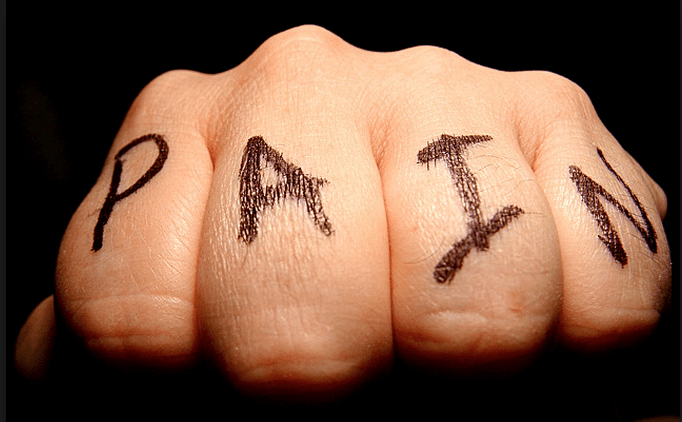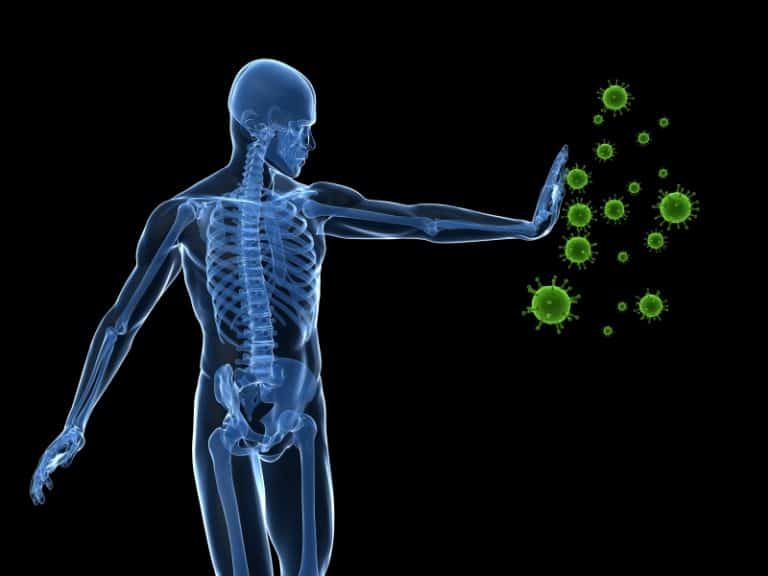Myofascial trigger point release therapy, also sometimes referred to simply as myofascial release, is a hands-on technique that involves applying sustained pressure into the myofascial connective tissue to eliminate pain and restore function and motion in affected areas.
Some men with prostatitis have specific tender points in their muscles which, when pressed, cause a twitching response. These trigger points can impact the muscles of the pelvic floor and, when pressure is applied, can reproduce symptoms of chronic prostatitis.
Myofascial trigger point release therapy (MFRT), along with paradoxical relaxation therapy (PRT), may be beneficial for some men who suffer with chronic prostatitis/chronic pelvic pain syndrome (CP/CPPS); namely for those men whose pelvic pain is caused by abnormal muscular pelvic floor tension.
Myofascial trigger point release therapy for prostatitis involves applying pressure to specific trigger points in the pelvic floor and associated muscles. A therapist can do some of the treatment externally, although certain trigger points must be accessed internally through the rectum. When a therapist presses the trigger points, it helps stretch the muscles of the pelvic floor, which encourages them to “reset” to their normal length.
Paradoxical relaxation therapy is an exercise method involving autonomic self-regulation and pelvic floor muscle tension decrease. It is called paradoxical because patients are shown how to accept their tension as a way of relaxing/releasing it. The technique involves a specific way of breathing to help relieve anxiety and relaxation training sessions that direct patients on how to focus their attention on the effortless acceptance of tension in their body.
Few studies have explored the effectiveness of myofascial trigger point therapy and paradoxical relaxation therapy for men with category 3 prostatitis. One, published in the Journal of Urology, involved 138 men with CP/CPPS who had not responded to traditional therapies. The participants were treated once a week for four weeks and biweekly for eight weeks thereafter. All the men completed at least one month with MFRT/PRT. Daily home practice relaxation sessions of one hour were recommended for a minimum of 6 months. Seventy-two percent of the patients reported moderate or marked improvement, and more than half of the men had a 25 percent or greater decrease in pain and urinary symptom scores. Among the men who reported at least 50 percent improvement, pain decreased 69 percent and urinary symptoms declined 80 percent.
The authors of the study concluded that myofascial trigger point and release therapy, along with paradoxical relaxation therapy, is an effective way to manage CP/CPPS. (Anderson 2005)
Reference
Anderson RU et al. Integration of myofascial trigger point release and paradoxical relaxation training treatment of chronic pelvic pain syndrome in men. J Urol 2005; 174: 155-60







